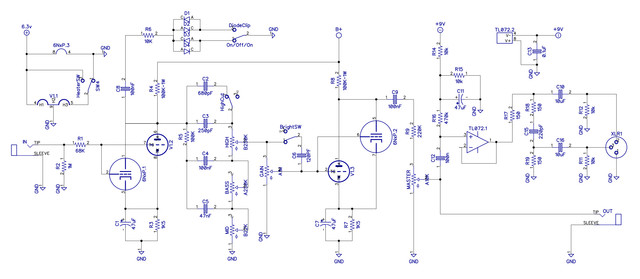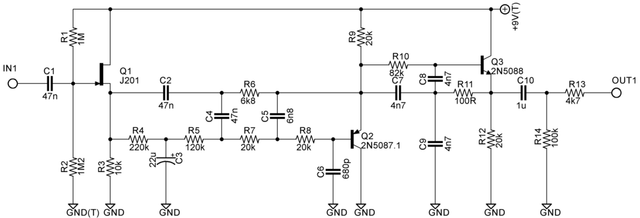sonolink
Well-known member
Hi all,
I didn't really know where to post this question so I apologize if it's the wrong place.
I'm trying to understand and figure out Input/Output Impedance and for the life of me although I understand the CONCEPT (resistance in a circuit where voltage is applied, that changes depending on frequency) I am unable to reliable figure it out for a circuit. DIY Electronics is just a hobby for me but learning is another hobby I love and the resulting feeling of being blind and unable to see is very frustrating...
I see people answering posts like "since the output impedance of your schem is blablabla..." in no time, but then I try to calculate that same impedance and I end up needing hours if not days and the result is far from reliable. The only reliable thing that happens is a headache and brain confusion, haha.
I've never been too mathematical but there MUST be a simpler way.
I'm a sound engineer and I don't make maths when I have to compress a signal, or apply gain or EQ, but I know where the ballpark figures are and I'm generally roughly pretty right. This, of course is the product of experience more than theory itself.
Is there a simple way to calculating input/output impedance or being able to answer roughly those questions just by taking a glance at a schematic is product of experience and having watched and sweated through quite a few schems?
Cheers
Sono
I didn't really know where to post this question so I apologize if it's the wrong place.
I'm trying to understand and figure out Input/Output Impedance and for the life of me although I understand the CONCEPT (resistance in a circuit where voltage is applied, that changes depending on frequency) I am unable to reliable figure it out for a circuit. DIY Electronics is just a hobby for me but learning is another hobby I love and the resulting feeling of being blind and unable to see is very frustrating...
I see people answering posts like "since the output impedance of your schem is blablabla..." in no time, but then I try to calculate that same impedance and I end up needing hours if not days and the result is far from reliable. The only reliable thing that happens is a headache and brain confusion, haha.
I've never been too mathematical but there MUST be a simpler way.
I'm a sound engineer and I don't make maths when I have to compress a signal, or apply gain or EQ, but I know where the ballpark figures are and I'm generally roughly pretty right. This, of course is the product of experience more than theory itself.
Is there a simple way to calculating input/output impedance or being able to answer roughly those questions just by taking a glance at a schematic is product of experience and having watched and sweated through quite a few schems?
Cheers
Sono






![Electronics Soldering Iron Kit, [Upgraded] Soldering Iron 110V 90W LCD Digital Portable Soldering Kit 180-480℃(356-896℉), Welding Tool with ON/OFF Switch, Auto-sleep, Thermostatic Design](https://m.media-amazon.com/images/I/41gRDnlyfJS._SL500_.jpg)




















